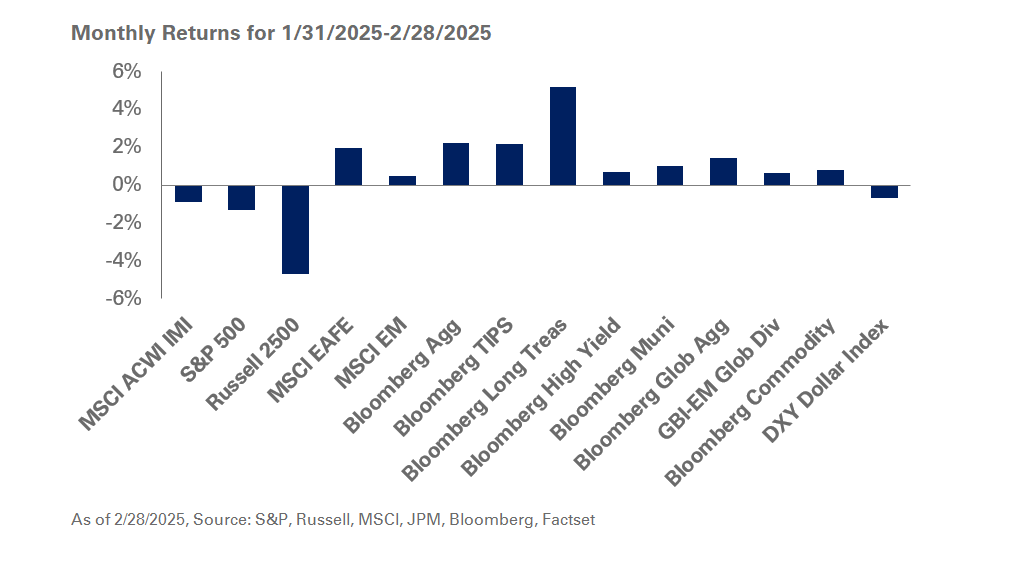In the latest salvo against renewable energy, President Donald Trump imposed a stiff four-year tariff on imported solar panels. The administration’s decision, which seeks to boost US manufacturing, was based on a recent study concluding that foreign solar panels “are a substantial cause of serious injury to domestic manufacturers,” according to the United States International Trade Commission (USITC). The US will impose duties of 30% on solar panels made abroad after the first 2.5 gigawatts of imported solar cells; the tariff, which is on a sliding scale, will step down to 15% in the fourth year.
While the impact from the tariff has yet to play out, critics counter that it is a likely blow to the $28 billion solar industry, with potential job losses, erosion of investment capital, and delays to or cancellations of solar projects that will become costlier as a result of the import duties. Others estimate that the impact will be short-lived and the added cost could be overcome in less than a year given the rapidly declining costs for these panels. The cost of solar panels, as a percentage of the overall project, varies depending on whether it is a residential, commercial or industrial installation.
Despite the uncertainty, stock prices for US solar manufacturers and developers moved higher on the news. The market’s positive response to solar panel manufacturers is not surprising, given that the tariff could level the playing field for their products. These companies had aggressively lobbied the USITC, pointing to the bankruptcies of over 30 US solar panel manufacturers in recent years.
At NEPC, we are optimistic that solar will continue to grow. Currently, 37 states and five US territories have mandates or goals for renewable energy, spurring the growth of the industry. Many are choosing solar because of its long-term cost effectiveness compared to traditional fossil-fuel sources. The potential short-term negative implications of the tariff notwithstanding, we believe the global solar industry will be forced to adapt to the new economics.
Furthermore, the renewable energy sector is no stranger to regulatory shifts, which historically have been implemented through investment and production tax credits, as well as state-specific credits. These incentives were extended in 2015 and were preserved in a 2017 tax bill.
As always, we remain focused on finding attractive investment opportunities within this space for our clients.



